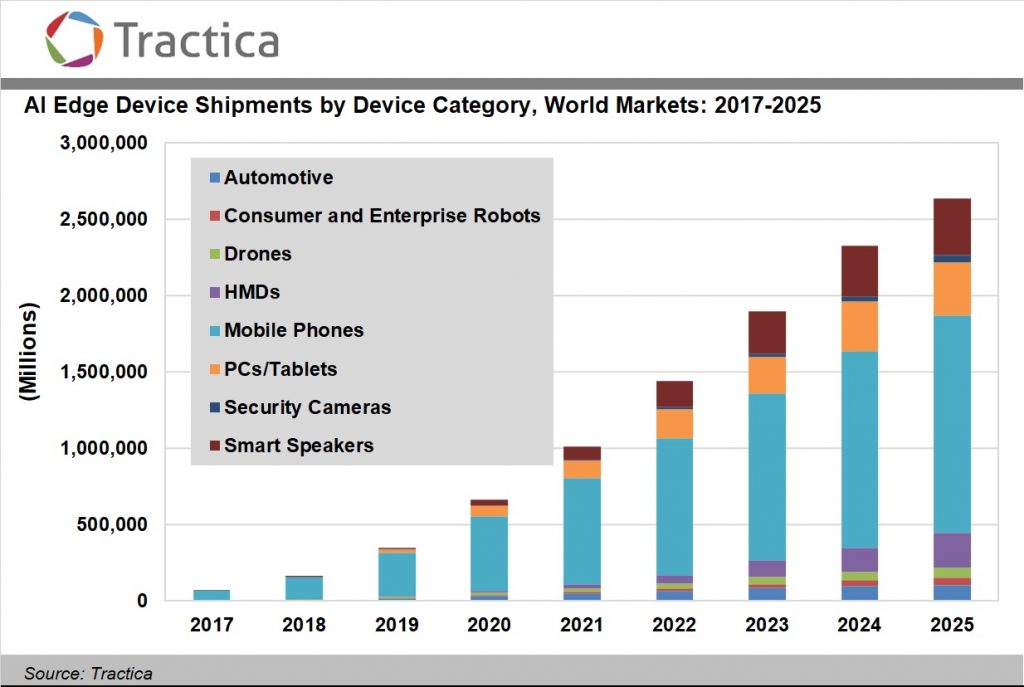Jony Ive and OpenAI plan 'bicycles' for 21st-century minds ...
In a move that casts a shadow across Apple’s upcoming Worldwide Developer’s Conference, OpenAI has announced that it will purchase io, the AI startup founded by acclaimed former Apple designer Sir Jony Ive, who helped create the iMac, iPod, and iPhone. The deal sees Ive’s hand-picked io team of talented Apple alumni merge with OpenAI. Ive himself stays out the $6.5b deal. He will retain independence at his company LoveFrom but will be taking on “deep design and creative responsibilities across OpenAI and io.”
Designing the Future of Tech
The intention is to design the user interfaces for AI-enabled machines that will define the future of tech. “This is an extraordinary moment,” declares the OpenAI press release announcing the deal. “Computers are now seeing, thinking and understanding. Despite this unprecedented capability, our experience remains shaped by traditional products and interfaces.”

While OpenAI doesn’t quite go so far as to say the move means AI is about to enter its iPhone moment, the company quite clearly believes this to be the case. Ive famously left Apple in 2019, working as an advisor for a while until he ceased working for the company completely, just before beginning io.
Shaping AI-Enabled Devices
For a veteran Apple watcher, there’s a lot of echoes within the announcement. Even the press release has an Apple-like resonance, headed up by a tasteful picture of Ive with OpenAI CEO Sam Altman. Longtime Apple watchers really should not ignore these echoes.
Ive and his hand-picked team of historically important former Apple design talent, including Evans Hankey and Tang Tan, will take over design and creative at OpenAI to build AI-enabled devices people can use to make things. If that sounds familiar, think back to Apple founder Steve Jobs and his description of computers as “bicycles for the mind.” That sounds like what OpenAI now intends to make.

Redefining AI Integration
It isn’t just an intimation of Apple, it’s all about muscling into similar innovation space. “I hope we can bring some of the delight, wonder and creative spirit that I first felt using an Apple Computer 30 years ago,” said Sam Altman. You can watch a short video featuring Altman and Ive discussing their plans here.
Of course, Apple has its own relationship with OpenAI, but the appointment of its acclaimed former designer to the company will change the balance of power — particularly as Apple itself is struggling with artificial intelligence.
The Future of Tech
To put the deal into some kind of context, analyst firm Gartner expects worldwide genAI spending to reach a total of $644 billion in 2025, an increase of 76.4% from 2024. This spend includes a huge increase in sales of AI devices, particularly servers and smartphones.
“By 2026, generative design AI will automate 60% of the design effort for new websites and mobile apps,” writes Gartner Market Databook, which anticipates that by 2026, over 100 million humans will “engage robo-colleagues (synthetic virtual colleagues) to contribute to enterprise work.”

Expert Analysis
So, what does Gartner think the deal means for OpenAI, Apple, and the future of tech? I spoke with Chirag Dekate, Gartner VP and analyst for quantum technologies, AI infrastructures, and supercomputing. He thinks the arrangement will put OpenAI in competition with all the big hardware players in tech, and, perhaps more importantly, reflects an evolutionary step in AI, one that ends up with far more intelligent devices that feel natural to use.
Dekate: “This marks a next phase of evolution for OpenAI. Market trends as indicated by Google at their I/O event yesterday, Meta, and other innovators, are clear: Leadership in AI is not just about building powerful models anymore, it’s about shaping the entire experience around AI. Bringing Jony Ive on board to design AI-native hardware shows that like Google, Meta, and peers, OpenAI is serious about creating devices where the tech and the design work hand in hand.”
Dekate: “This is an interesting moment for Apple. With Ive, the company’s longtime design visionary, helping build the next generation of AI devices outside of Apple, it could introduce new ways for people to interact with technology, possibly in ways that challenge Apple’s current product thinking. Today’s iPhone experience — and, more broadly speaking, the Apple experience — leaves a lot to be desired. It is expensive, clunky, and feels dated, especially around AI.”



















